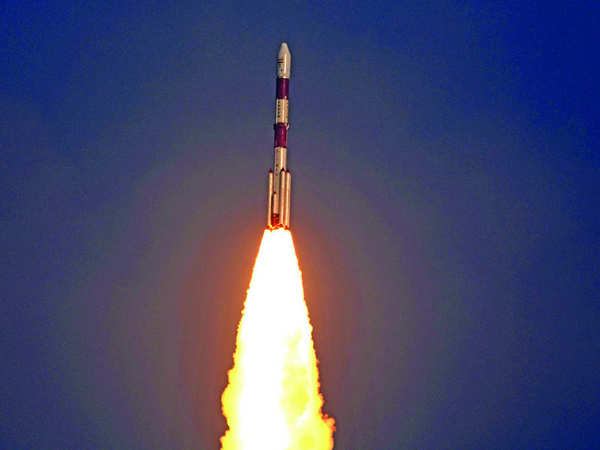To bring privatization in space tech also, ISRO is giving start-ups the opportunity
After the Polar Satellite Launch Vehicle (PSLV-C50) successfully installed communications satellite CMS 01 on its route on Thursday, ISRO chairman K Sivan announced that the next reliable rocket campaign would take over the satellites built by the India based space-start-ups and companies.
This comes just six months after the government announced the opening of the Indian National Space Promotion and Authorization Center (IN-SPACe). “The next project of the PSLV is very important for the whole country. Recently, we have brought about a transformation of space and opened up India’s power to the space sector initiated by the Indian government. Now, the first Pixxel India satellite named Anand, Earth Observation Satellite, will be launched on PSLV C51. Along with Anand, two more space satellites under the spacecraft will be launched - one for Space Kidz India and the other by UnitySat, ”said Sivan after the launch of CMS 01. The satellite developed by Pixxel India is the first in a series of constellations of the Earth Observation Satellites that will provide global coverage every 24 hours; empowers organizations to discover and recognize the global situation in real time. Details will be available on a platform based on Artificial Intelligence, which makes data extraction easier. It will be used in agriculture, forestry, urban monitoring, and climate.
As for Space Kidz India, this will be their second satellite to be launched by ISRO. Their first KalamSat became the first student-made satellite to be launched by ISRO using the fourth phase of the PSLV as a platform for the first time.
In addition to the PSLV-C51 purpose, the Indian Space Research Organization is also preparing for the launch of a small satellite launch vehicle. SSLV will be able to launch a 500-kilometer light satellite at orbit below Earth's orbit.The new rocket will cost about $ 30, compared to the Rs1 20 crore cost to produce the PSLV currently in use. It can also be put together by a team of six within seven days, compared to a team of 600 people and the few months it takes to integrate the PSLV. SSLV was developed by ISRO primarily in commercial delivery.The chairman also ensured that work continued on the main ticket machines.
“We have a lot of work to do; there are trips like Chandrayaan 3, Aditya L1 and Gaganyaan where activities are done. We will have the equipment in the beginning. As always, the ISRO team will rise to the occasion and do what is necessary to meet the needs of the Indian government, ”said Sivan.
Chandrayaan 3 would be a lander-rover mission that would use an existing Indian orbiter from the Chandrayaan 2 machine to communicate with the Earth. The Chandrayaan 3 mission was announced after the failure of previous equipment to attempt to land. It was supposed to happen in late 2020 or early 2021, the deadline could be missed out due to the disease.
Aditya-L1 is India's first solar system to see a satellite fly 1.5 million kilometers from Earth to the L1 region. The L1 or Lagrangian point, between Earth and the Sun, is where the gravitational force of both satellites is equal to the centripetal force required to keep it in its orbit.
As for the Ganganyaan missions, which aim to put Indian spacecraft in orbit around the earth, the first of two unmanned aerial missions were to take place in December 2020.





The Brief. Sign up to receive the top stories you need to know right now.